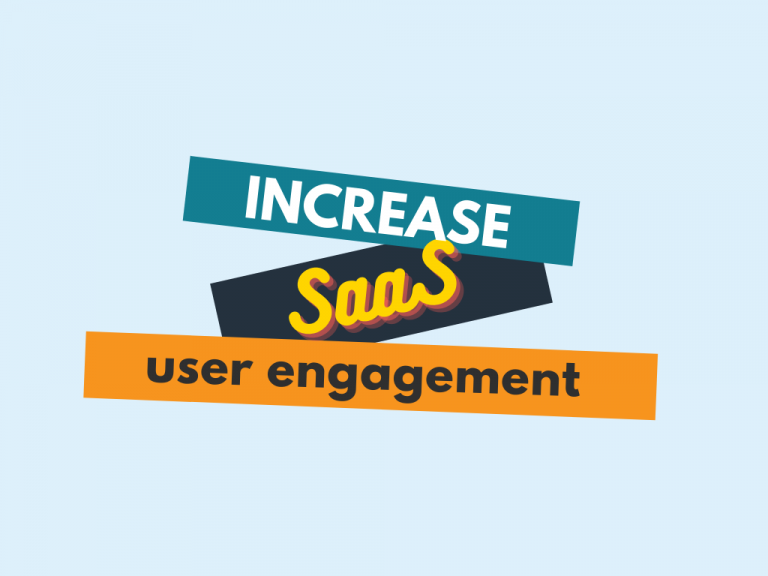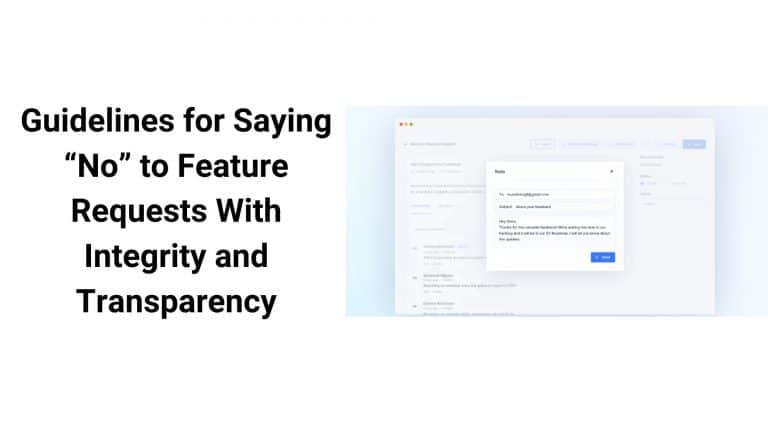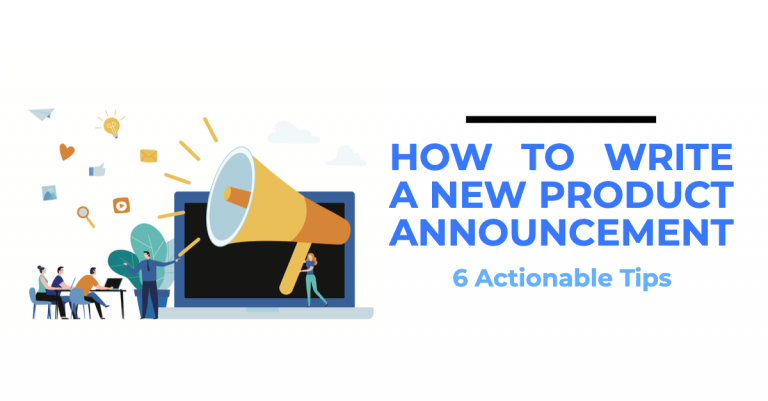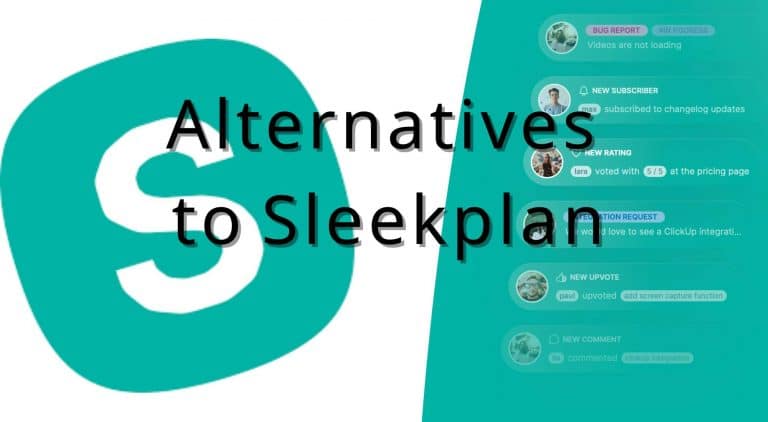The techniques used to identify product-qualified leads have evolved significantly, making it possible to convert leads into customers more efficiently than ever before.
The digitization of sales and marketing has brought forth a new era in lead qualification where each interaction or data point can potentially be a sign of a new customer.
Do you find a new data point that can be a sign of a new customer? Never let it go.
One innovative and promising approach to identifying these leads is by analyzing the interaction of potential customers with your product updates.
Such interactions can often reveal a great deal about a user’s interest level and potential for conversion.
So, let’s discuss the relationship between product updates and product-qualified leads.
TL;DR
User interactions with your product updates can reveal who is showing interest in product development and improvement. These signals of interest are invaluable for companies aiming to identify and convert leads into long-term, loyal customers.
In order to distinguish between “users showing interest” in product updates and “users just checking” product updates, companies need to identify, track, and qualify their leads.
Interactions with product updates can be included in the “experiencing product value” data point that should be monitored for effective lead qualification.
The relationship between product updates and PQLs
Leveraging product updates to identify product-qualified leads can provide a critical edge. It’s a powerful strategy where two potent forces meet – innovation and targeted lead identification.
These two elements combined can drive customer acquisition and contribute to the company’s overall growth strategy.
Every product update can be a powerful touchpoint to connect with potential customers, provided you strategically analyze and leverage these interactions.
A software-as-a-service (SaaS) product that regularly publishes updates not only keeps existing users engaged but also serves as a powerful tool to identify product-qualified leads (PQLs).
Before touching on the fact that product updates can be a good source for identifying product-qualified leads, let’s make these two terms clear.
Important Definitions
Product updates refer to changes, improvements, or new features that a company adds to its product or service.
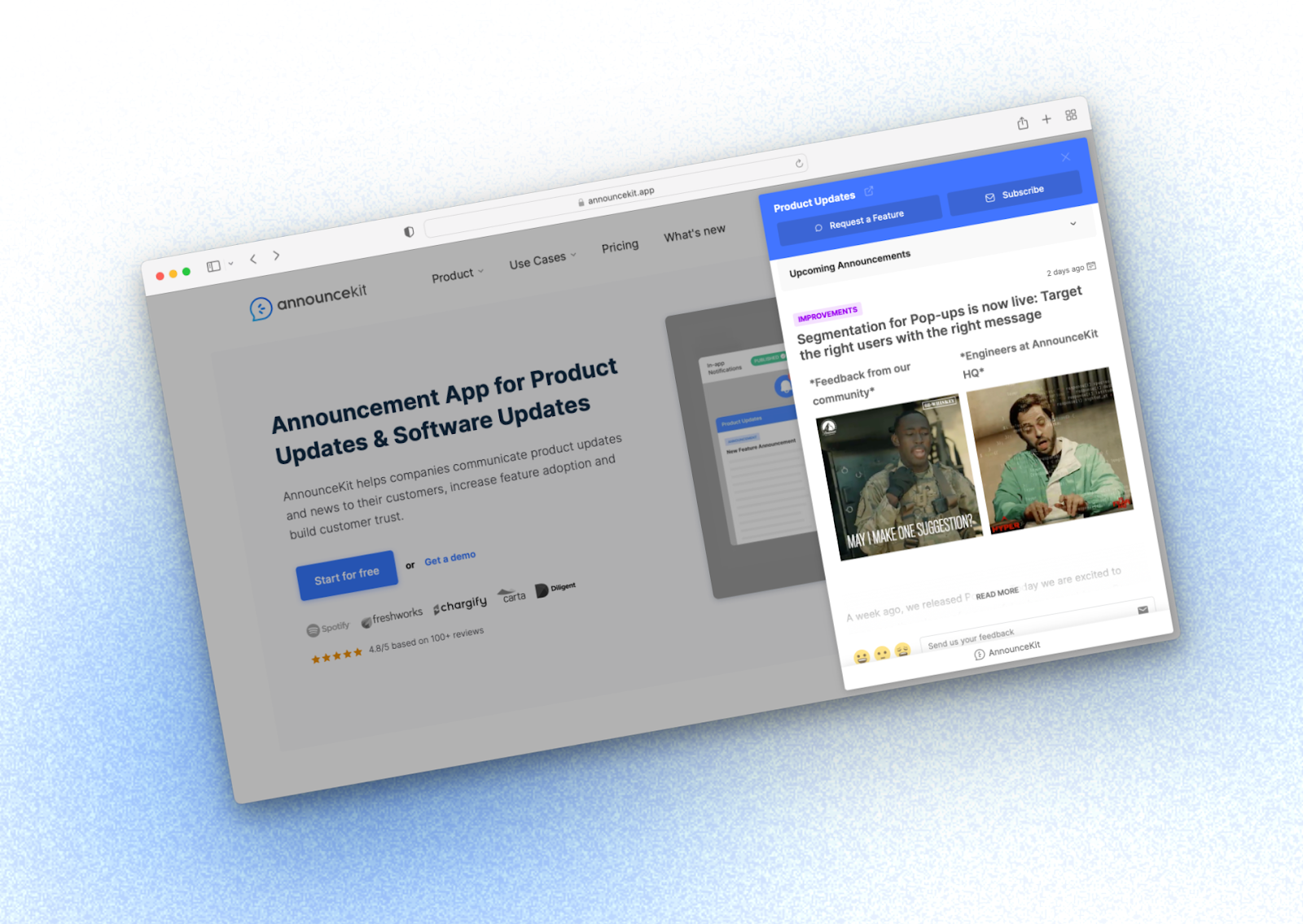
Companies announce these updates to their customers via different channels such as email newsletters, blog posts, in-app notifications, or dedicated sections on their websites, often through a release notes tool like AnnounceKit.
They have importance in increasing customer engagement, retention, competitive advantage, and more, but, in this scenario, we will talk about their importance in lead qualification.
Keep this in mind; we’ll get there very quickly as you scroll…

The best product updates software
Manage your product updates from a single place and easily distribute them
across multiple channels.
Product-Qualified Leads (PQLs)
Product-qualified leads are potential customers who not only fit into your ideal customer profile (ICP) but also demonstrate explicit interest or engagement with your product.
“PQLs are not just any leads; they are the potential champions of your product.”
Unlike traditional leads, they experience the value your product can deliver immediately before talking to sales or being exposed to thousands of marketing materials. This authentic experience makes PQLs especially valuable to your business.
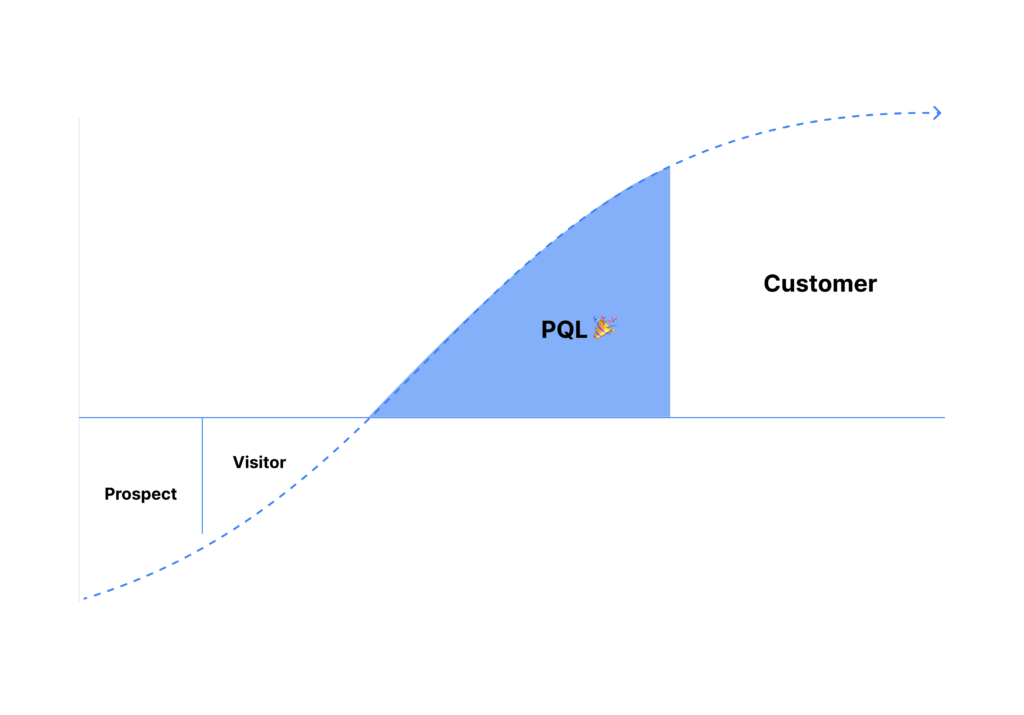
There are various data points that should be taken into consideration when identifying a lead as a product-qualified lead, and user interactions with your product updates are one of them.
Keep this in mind, too; we are now closer to the point!
The role of product updates in identifying PQLs
Product updates can be a powerful magnet that attracts and identifies PQLs.
These updates give prospects a taste of your product’s potential and can push them further down the conversion funnel.
By tracking and analyzing who views these updates, how many times they view them, and how they engage with the content, you can identify potential PQLs.
Every interaction a user has with your product updates tells a story.
It could be the story of a user who checks updates occasionally or the story of a potential PQL who not only frequently views the updates but also dives deep, exploring the new features.
Consider a SaaS company, let’s call it “GrowthXYZ”, which has launched a new data visualization feature in their latest update.
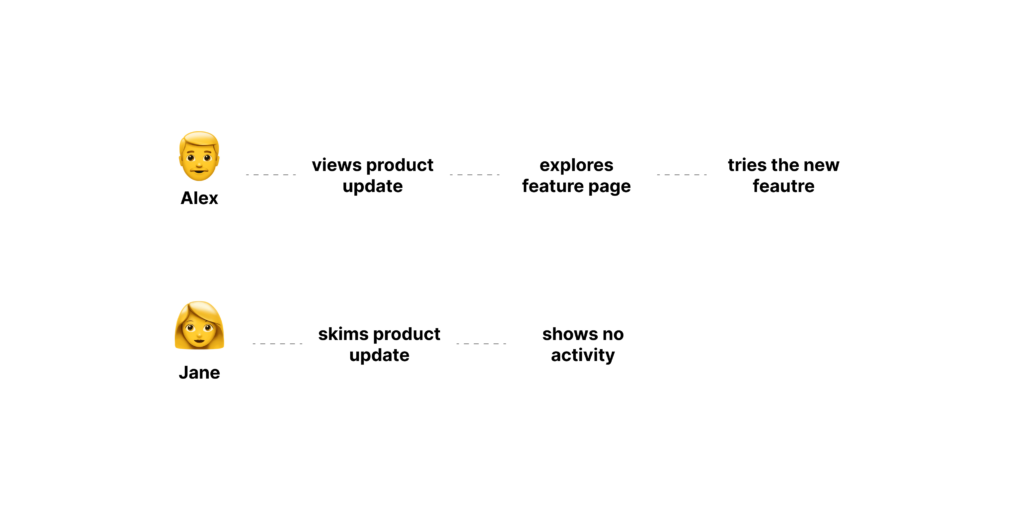
Alex, an existing free-tier user, has viewed this update multiple times, spent a good deal of time on the feature page, shared the update on his professional network, and even tried it out during the trial period.
In contrast, Jane, another user, simply skimmed through the update but didn’t interact further.
In this scenario, Alex’s high level of interaction indicates a PQL, whereas Jane may not be ready yet to be qualified as a PQL.
To make this tracking possible, companies need to use analytics tools that monitor user engagement with product updates. Once the data is in place, it’s time to segment the audience, define engagement metrics, set alerts, and personalize the follow-up communication.
How to effectively use data in product updates to identify product-qualified leads?
1. Identify Your Ideal Customer Profile (ICP)
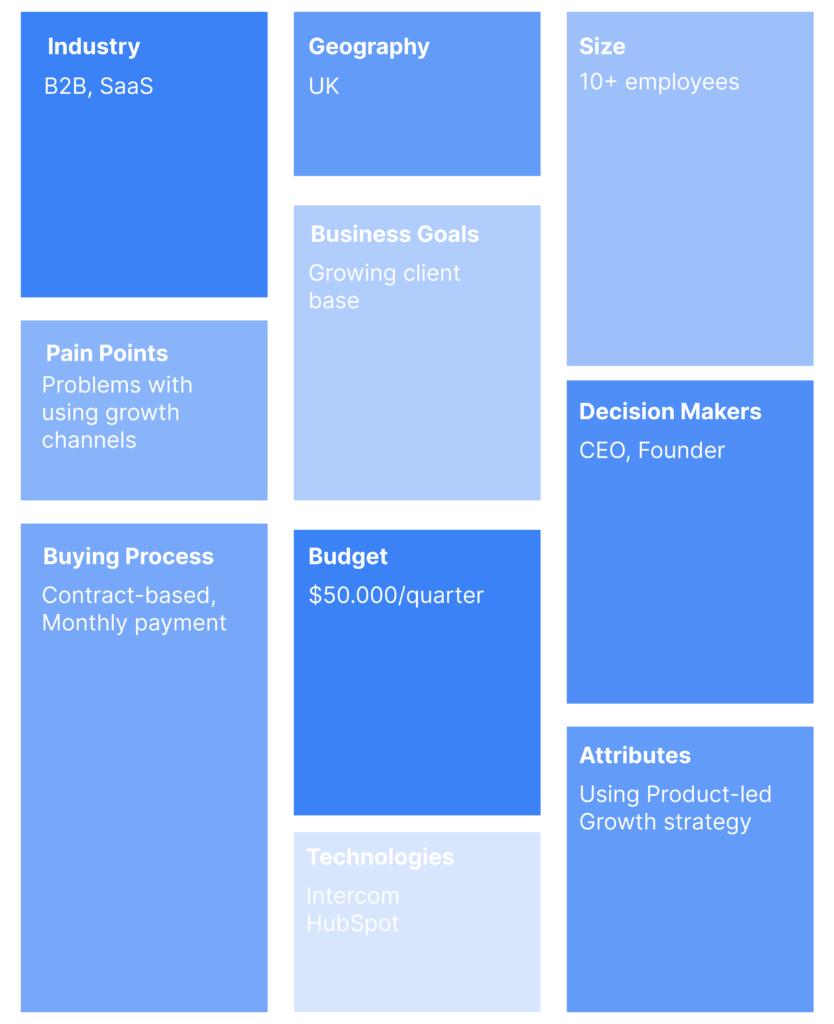
Not all interactions are created equal, and not every user is your ideal customer. You need to know your ideal customer profile (ICP) first to get started with understanding who your ideal customer is.
Your ICP might include details such as company size, industry, job roles, geographic location, and key challenges your product solves for them. By identifying your ICP, you’re setting a clear benchmark against which you can measure potential PQLs.
2. Tracking of Engagement Metrics with Product Updates

With a clear ICP in hand, it’s crucial to track how these potential leads interact with your product updates. Use analytics tools to monitor key engagement metrics such as:
- The number of views of the product update
- Time spent reading or interacting with the update
- Click-through rates on links within the update
- The number of shares of the product update
- Usage of new features introduced in the update
Understanding these metrics will give you a clear picture of how your users interact with your product updates and their level of interest.
3. Set Up Alerts!
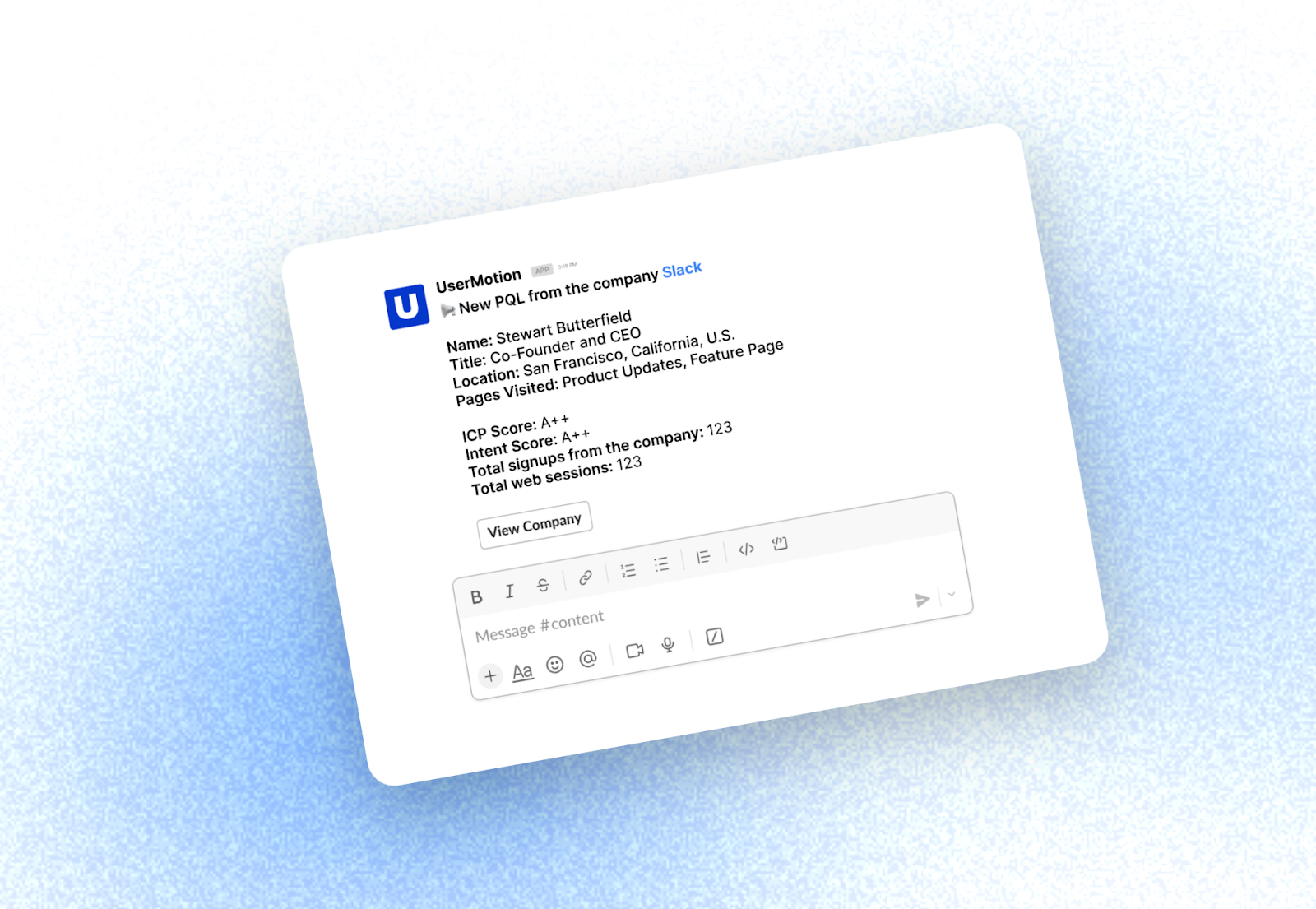
Now that you have your data, it’s time to make sense of it.
Analyze these engagement metrics to get “signals” or indications of a user’s likelihood to convert into a paying customer.
For example, a user who views product updates frequently spends a significant time exploring them and uses the new features introduced could be signaling a strong interest in your product.
Such a user aligns closely with your ICP, showing characteristics of a potential PQL.
Product-led sales tools like UserMotion, send you notifications about new PQL signals that can be turned into actionable insights.
4. Equip Your Sales Team with Actionable Insights
Lastly, feed these insights to your sales team.
By knowing which users show high engagement with product updates and match your ICP, the sales team can prioritize their efforts and tailor their approach to each PQL.
For instance, if a PQL has shown great interest in a particular update feature, the sales team can focus on this feature in their pitch, showing the user how it can solve their specific problem or improve their processes.
Final words
In conclusion, product updates offer a rich source of data that, when leveraged effectively, can significantly improve your identification of PQLs.
By understanding your ideal customer, tracking engagement with product updates, analyzing the signals, and empowering your sales team with these insights, you create a potent strategy for converting potential leads into loyal customers.
Remember, every product update is an opportunity to understand your users better and inch closer to your next conversion.


